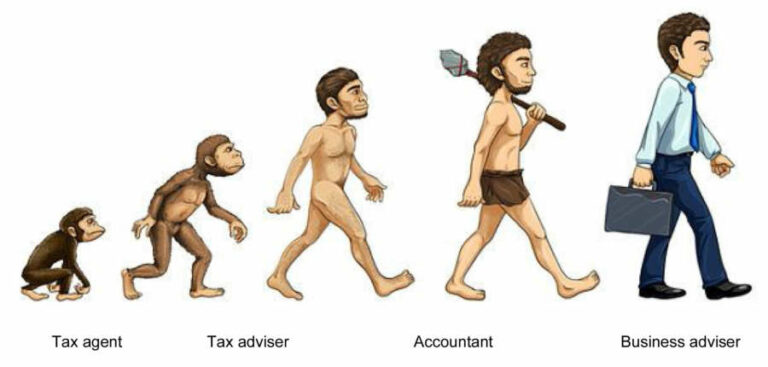Maintaining Protection
May 02, 2018
When we advise clients around structuring there are two crucial elements that need to be considered. In no particular order they are:
- Tax efficacy
- Asset Protection
Today we are going to examine how you can maintain the asset protection elements of your structure. It is always surprising to us how easy it is to compromise your own interests.
What can you do to ensure that you maintain protection of your assets?
There are many planks in the asset protection platform (quality product and governance, insurance and more sophisticated techniques). Today we are going to focus on the one of the basics – a private company.
At the risk of boring you with a history lesson we will go to the nineteenth century when the seminal notion of separate legal identity was established in 1897 in the case of Salomon v A Salomon and Co. In simple terms this case established that a company was separate and distinct entity from its owners and managers. That means that owners and managers were not automatically responsible for the debts of the company. This protection became known as the “corporate veil”. If you are interested do a web search; there is no shortage of commentary on this case of 120 years ago.
While the principle established in Salomon is still considered good law today, there have been numerous statutes and business practices that have sought to “pierce the corporate veil” and directly attack those who managed the company. Let’s examine these events and what you can do to avoid personal liability.
1. Personal Guarantees
There are circumstances when these are all but unavoidable; business premises leases and financial institutions are the most obvious. Each time a personal guarantee is placed in front of you as Director you need to very carefully consider it prior to signing. A bit of bluff goes a long way when dealing with suppliers.
2. Negligence
Poor business practices can render a Director subject to personal liability. In some cases, this can even amount to criminal charges. The message is plain – run your business around best practice, especially if you operate in a hazardous or potentially dangerous environment. If in doubt seek expert guidance.
3. Accounting
We just had to slip this in. It is common practice for owners to operate loan accounts and have tax advisers tidy them up at year end. This works perfectly as long as there is sufficient profits to cover off these loans. If a business goes into administration and funds are owed by Directors or associates, the administrator will seek to recover these debts. Are you aware of how your loan accounts stand against profit?
4. ATO
After getting a pasting in liquidations for the first twelve years of the GST system, the Commissioner sought and received legislative muscle through what is known as the lockdown Directors Penalty Notice in 2012. This subject is worthy of an article on its own, but we will be brief. Effectively, if you do not report PAYG deductions and employee superannuation a Directors Penalty Notice (i.e. Directors are jointly and severally liable for any debt) without anyone raising a finger. Irrevocably, automatically and unappealable. Suffice to say when you analyse this, the outcomes are potentially catastrophic.
Much of what we do to protect our clients is to assist in steering them around the potholes of the commercial environment. If you have any concerns about this subject contact Warren Maris on 07-3483-0102.







